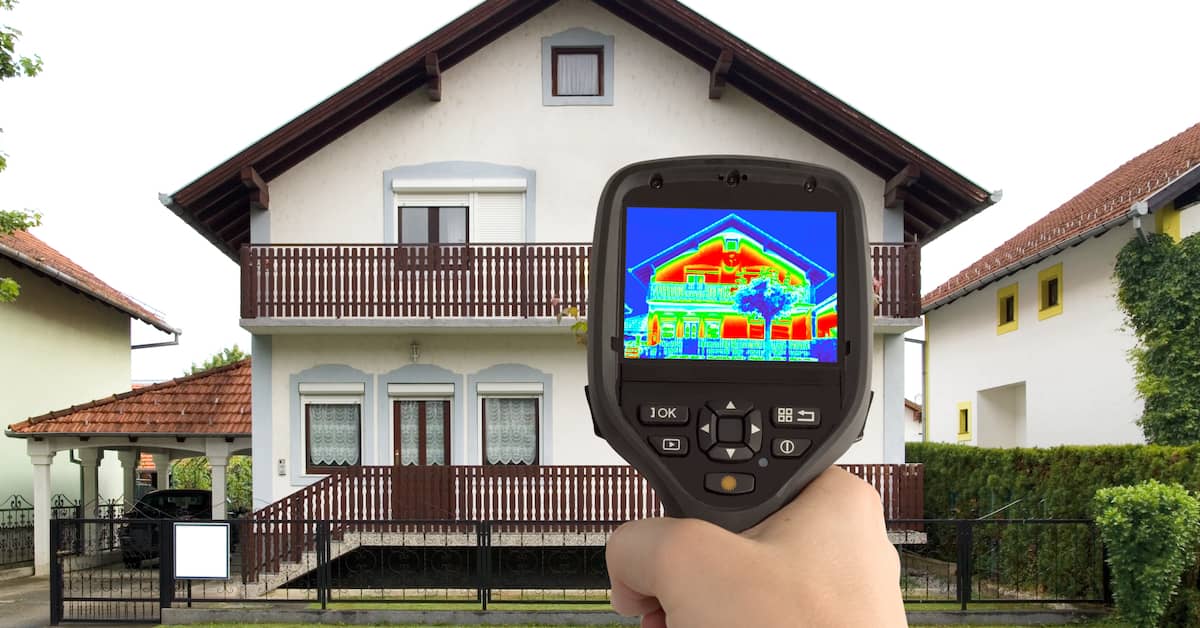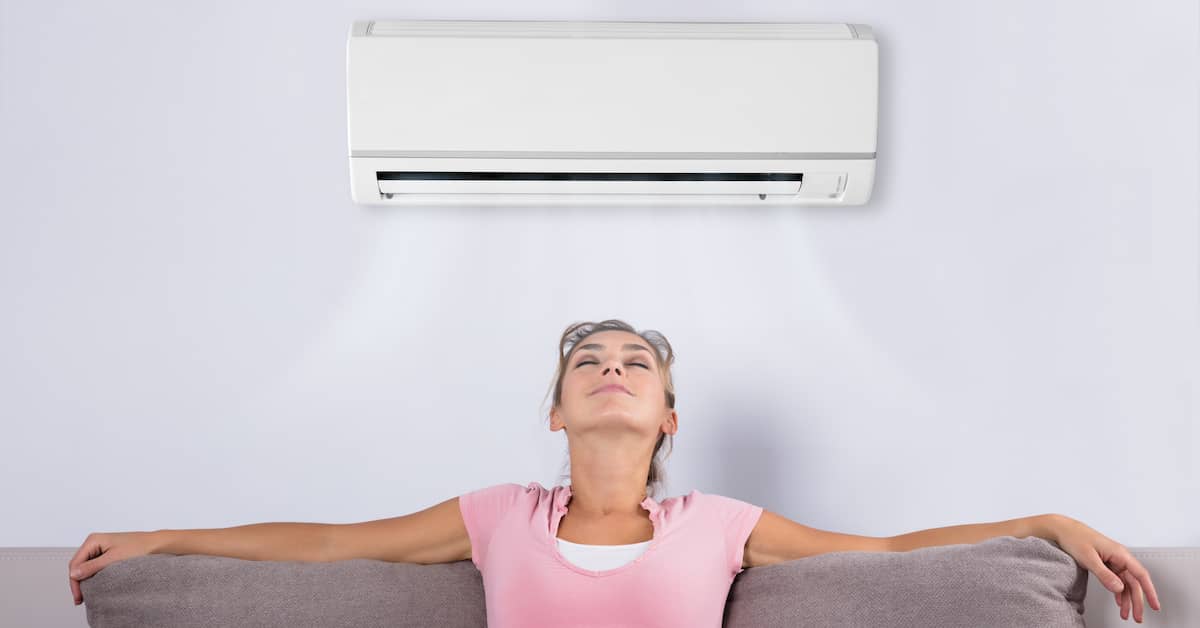
What Does a Temp Difference Between Floors Mean?
A temp difference between floors may occur due to the natural convection current that arises inside your home (i.e., warm air rises and cool air falls). In other cases, however, the temperature difference may be indicative of energy efficiency issues.
If you notice a significant temp difference between floors that is making your house uncomfortable and causing your energy bills to skyrocket, it may be time to consider upgrading your insulation. REenergizeCO can identify what’s causing the temperature imbalance and recommend personalized solutions.
What Can Cause a Temp Difference Between Floors?
Major differences in temperature between the floors of your home may have a variety of different causes. Some of the most common include:
Inadequate Insulation
The Department of Energy recommends installing insulation in the walls that separate living spaces and in the joist spaces between floors. If the insulation in these areas is insufficient or degraded (or no insulation at all was added during construction), you are likely to notice drastic temperature differences.
Air Leaks
Poor seals around doors and windows can lead to inconsistent heating and cooling in the rooms of your house. This can create uncomfortable drafts, as well as make your HVAC system work harder to maintain the temperature.
Dirty Vents & Filters
HVAC systems operate optimally when they are clean and well-maintained. In the summer, make a habit of wiping away dust and debris from air conditioning vents and removing items in the room that can block the flow of air. Before fall and winter, meanwhile, you should inspect and replace the furnace filter to ensure efficient heating.
Leaky Ductwork
ENERGY STAR reports that 20–30% of the air flowing through HVAC ducts can be lost due to leaks. Holes and poor connections in the ductwork can lead to a noticeable temp difference between floors, as well as higher energy bills.
Direct Sunlight
Rooms that get direct sunlight will be warmer than rooms that don’t get sun during the day. The later in the day the sun reaches a particular room, the hotter that room will get. Generally, temperature differences between floors caused by sunlight exposure can be mitigated by opening and closing windows and blinds as needed. However, the positioning of the room in relation to the sun may exacerbate the issues discussed above.
What Is an Acceptable Temperature Difference Between Rooms?
Rooms on the same floor of your house should be roughly the same temperature. A difference of 1–3 degrees is to be expected, although 3–5 degrees isn’t outside the realm of possibility.
The temperature difference may be more dramatic depending on the layout of the house. For example, a room over an uninsulated garage may have a more noticeable temperature difference than the other rooms on the upper floor.
What Is an Acceptable Temperature Difference Between Floors?
As a rule, we find that the upper floor of a home tends to be 8–10 degrees warmer than the floor directly below. While such a difference may be “normal,” that doesn’t mean it’s acceptable for your personal comfort or your budget.
Most homes—even those with multiple stories—only have only one thermostat. The thermostat is usually installed on the first floor. When you set the thermostat, you are setting the temperature for the entire house based on the conditions at ground level.
Considering the natural tendency of warm air to rise, a temp difference between floors is all but guaranteed. The issue can be further exacerbated by issues such as insufficient insulation and leaky air ducts.
What Can I Do About Temperature Differences in My Home?
A comprehensive home energy audit can reveal inefficiencies that result in high energy bills and uncomfortable temperatures. This thorough diagnostic process assesses the density and quality of your insulation, the flow of air throughout your home, and the presence of air leaks.
Based on these findings, potential solutions for temp differences between floors may include:
Retrofitting or Installing New Insulation
Most types of insulation (such as fiberglass) can be retrofitted to improve the thermal barrier. Alternatively, spray foam insulation can be applied at strategic points inside the house. These may include:
- The Attic
- Exterior Walls
- The Basement
- The Crawl Space
- And More
Sealing Leaky Ducts
One of the steps involved in a home energy audit is known as a blower door test. The blower door test identifies air leaks inside the structure. Ductwork is often found to be one of the biggest culprits when it comes to air leakage.
Small leaks may be repaired relatively easily with duct tape, but this is not a permanent solution. Ultimately, it may be necessary to repair or replace the HVAC system.
Installing Mini Splits
Homeowners may invest in zone heating and cooling to combat a temp difference between floors. This requires the installation of a separate thermostat to control temperatures on different levels. While such a step may aid in temperature regulation, it can be expensive and inefficient if underlying issues are not addressed.
Mini splits provide a more efficient, affordable option for zone temperature control. Conditioned air is delivered to different rooms through a series of tubes (instead of ductwork). Best of all, you can set each mini split unit to a separate temperature based on your comfort and use of the room.
Temp Difference Between Floors? REenergizeCO Can Help!
At REenergizeCO, our passion is improving Colorado’s existing housing stock to assist homeowners in making their homes more efficient, affordable, and comfortable. Temperature differences are a common problem. Our experienced team offers a number of proven solutions.
Contact REenergizeCO to learn how our team can maximize the efficiency and comfort of your home. We serve customers in Denver, Fort Collins, and throughout the Front Range.
"*" indicates required fields


